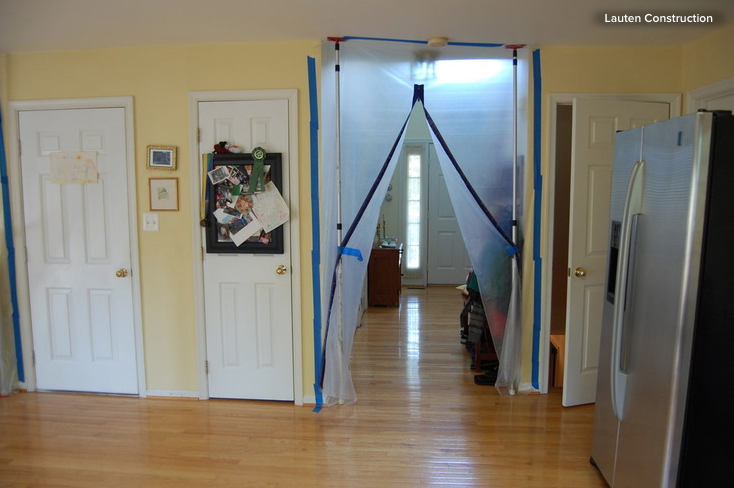 You can’t eliminate dust during construction, but there are ways to contain and remove as much of it as possible
You can’t eliminate dust during construction, but there are ways to contain and remove as much of it as possible
Dust is everywhere, all the time. But during a remodeling project, it’s particularly abundant — and potentially hazardous. All sorts of nasty stuff gets kicked up while demolishing walls, taking apart cabinets and removing tile. And it’s not for the faint of heart. Waste from bugs, mice, spiders and bats; silica from drywall; lead particles from old paint — if it was in your walls or subfloor, it’s probably going to be in your home (and lungs). Unless, that is, your remodeling crew has a solid strategy for containing and removing the dust from your home.
“Construction can produce inhalable respirable particles that are regulated pollutants; they’re unhealthful, so it’s entirely appropriate to do some kind of mitigation when doing construction activities,” says Brett Singer, an indoor air quality scientist at Lawrence Berkeley National Laboratory. There are several strategies for doing this, and if dust is a concern to you, it’s important to have a conversation with your contractor when taking bids to determine how they plan to contain construction particles. Here are some things to think about before having that talk.
We would suggest our product, the Curtain-Walldust abatement system, as a contractor-grade solution to dust control during a major renovation. Curtain-Wall offers a number of door and cube modules as well as HEPA filtration and sticky floor mats so no dust tracks into the home from the work space. Sets up in minutes and is completely reusable. Check out http://www.toollab.com for video demonstrations and more information.